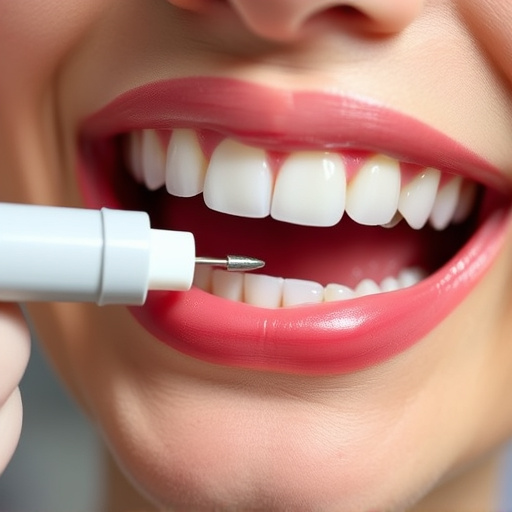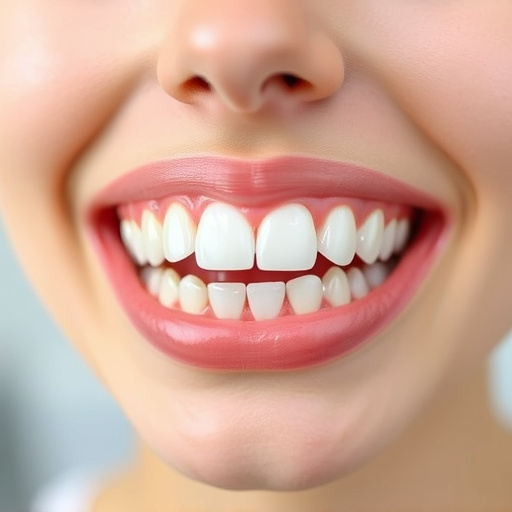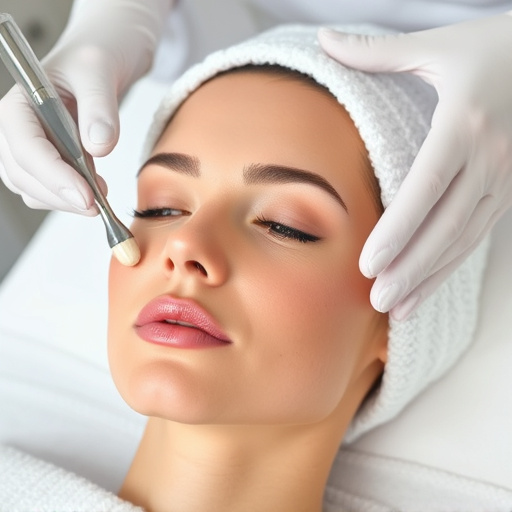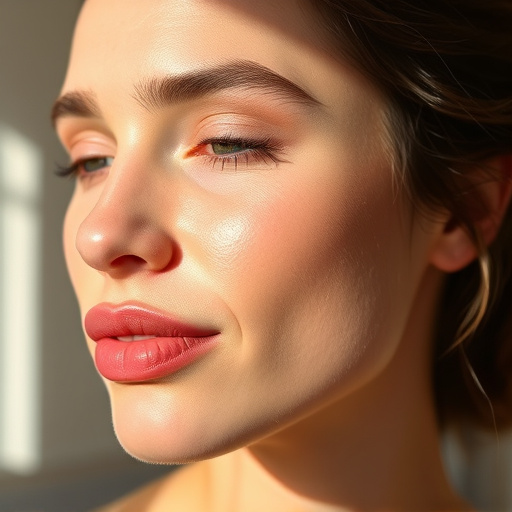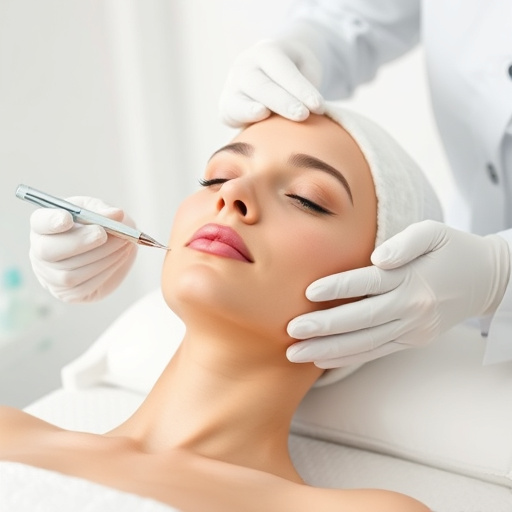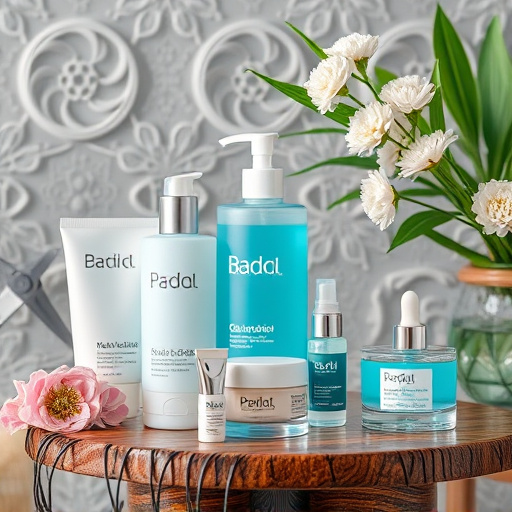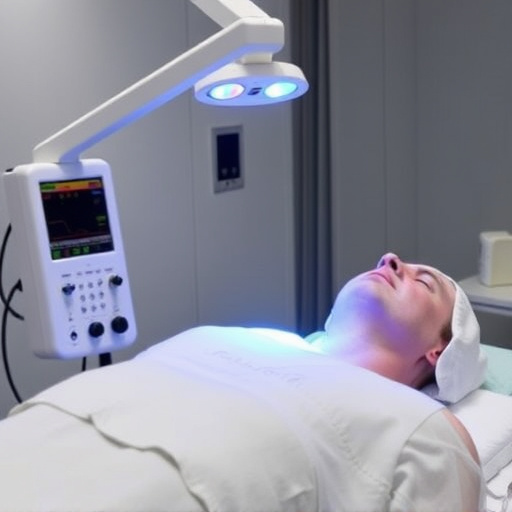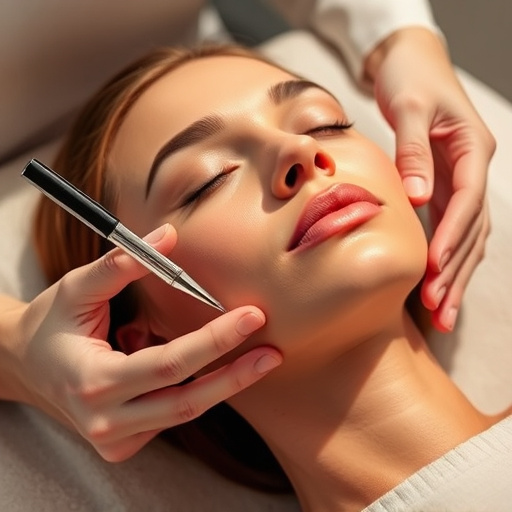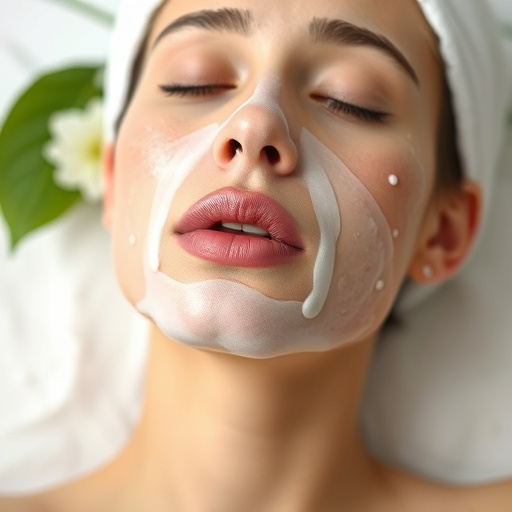An exfoliating facial is a powerful tool for deep cleansing and skin rejuvenation, removing dead skin cells to reveal smoother, brighter skin beneath. Physical or chemical exfoliants, like glycolic or salicylic acid, encourage cell turnover, reduce fine lines and wrinkles, and improve skin texture. Regular exfoliation boosts nutrient absorption of moisturizers and serums, stimulating collagen production for long-lasting skin rejuvenation. Incorporate a gentle chemical exfoliant 2-3 times per week, choosing between BHAs for oily skin or AHAs for dry/sensitive skin, followed by moisture to seal in hydration.
Unveil the secrets of a youthful glow with our comprehensive guide to the exfoliating facial and its pivotal role in anti-aging skincare. This transformative treatment goes beyond surface-level cleansing, gently sloughing away dead skin cells to reveal smoother, brighter, and more receptive skin. In this article, we’ll explore the science behind its anti-aging benefits, demystify the process, and equip you with expert tips for incorporating exfoliation into your skincare routine for a radiant, ageless complexion.
- Understanding the Exfoliating Facial: Unveiling the Process
- The Science Behind Anti-Aging Benefits: How It Works
- Incorporating Exfoliation into Your Skincare Routine: Tips and Best Practices
Understanding the Exfoliating Facial: Unveiling the Process
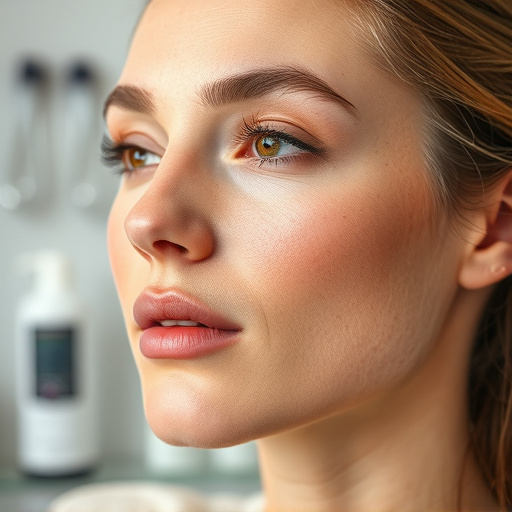
An exfoliating facial is a powerful tool in any skincare routine, offering deep cleansing and rejuvenation benefits. This treatment goes beyond surface-level cleaning by removing dead skin cells, revealing smoother, brighter skin beneath. The process involves gently sloughing off the uppermost layer of the dermis using physical or chemical exfoliants. Physical exfoliants, such as scrub particles, massage the skin to lift away impurities, while chemical exfoliants use acidic solutions like glycolic or salicylic acid to dissolve dead skin cells.
Understanding this process is key to harnessing its anti-aging potential. By exfoliatin,g the skin, facial treatments encourage cell turnover, promoting the production of new skin cells and collagen. This helps reduce the appearance of fine lines and wrinkles, while also improving texture and overall skin tone. Additionally, exfoliating facials prepare the skin for better absorption of subsequent hydration or anti aging treatments, making them an essential step in any skincare regimen aimed at achieving youthful-looking skin.
The Science Behind Anti-Aging Benefits: How It Works
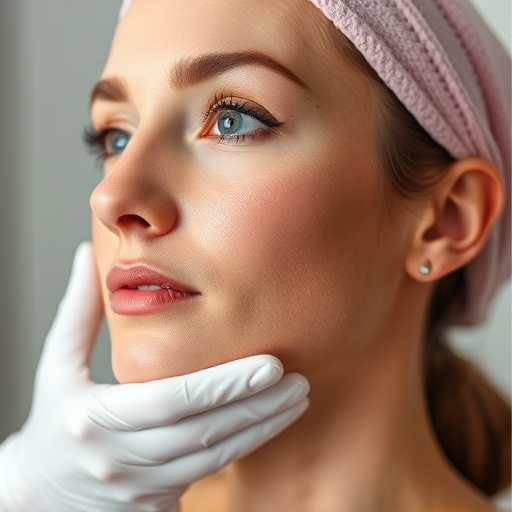
The science behind exfoliating facials reveals a powerful tool for achieving youthful-looking skin. These treatments work by removing the top layer of dead skin cells, which can accumulate and clog pores, leading to dullness and aging-related concerns. When you perform an exfoliating facial, you’re essentially uncovering the smoother, brighter skin that lies beneath. This process allows essential nutrients from moisturizers and serums to penetrate deeper, enhancing their effectiveness in combating wrinkles, fine lines, and age spots.
Regular exfoliation triggers a response from your body’s natural defense mechanisms, stimulating collagen production and improving skin texture. Collagen is the protein responsible for maintaining skin elasticity, making it key to preventing and reducing visible signs of aging. By incorporating facial treatments like exfoliation into your skincare routine, you’re not just temporarily enhancing your skin’s appearance but also contributing to long-lasting skin rejuvenation.
Incorporating Exfoliation into Your Skincare Routine: Tips and Best Practices
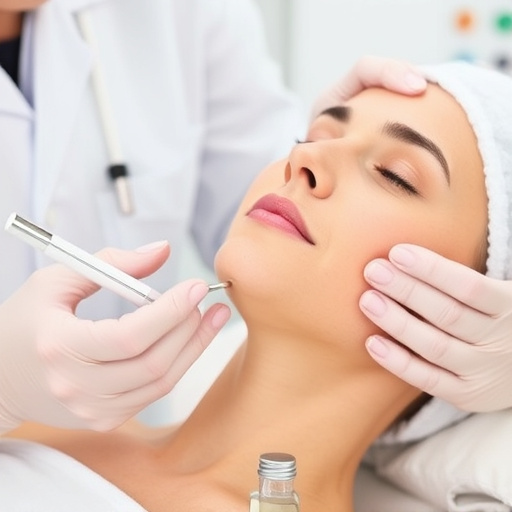
Incorporating an exfoliating facial into your skincare routine is a game-changer for achieving youthful-looking skin. Exfoliation removes dead skin cells, revealing smoother, brighter, and more even-toned skin. It’s a non-surgical treatment that enhances product absorption, making your favorite anti-aging creams and serums work even harder. Start with a gentle chemical exfoliant 2-3 times per week and gradually increase frequency based on your skin’s response.
For personalized skincare, consider your skin type and concerns. Oily skin benefits from beta hydroxy acids (BHAs) like salicylic acid to decongest pores, while dry or sensitive skin should opt for alpha hydroxy acids (AHAs) such as glycolic acid for its hydrating properties. Always follow up with moisture to seal in hydration and protect your skin’s newfound sensitivity post-exfoliation.
An exfoliating facial is a powerful tool in your anti-aging skincare arsenal. By gently sloughing off dead skin cells, it reveals smoother, brighter, and more youthful-looking skin. The process, though simple, offers profound benefits, from enhancing product penetration to promoting cell turnover. Incorporating regular exfoliation into your routine can help achieve a radiant complexion and combat the signs of aging effectively. Remember, consistent care is key; choose a suitable exfoliant, follow best practices, and enjoy the transformative results of a glowing, rejuvenated face.
